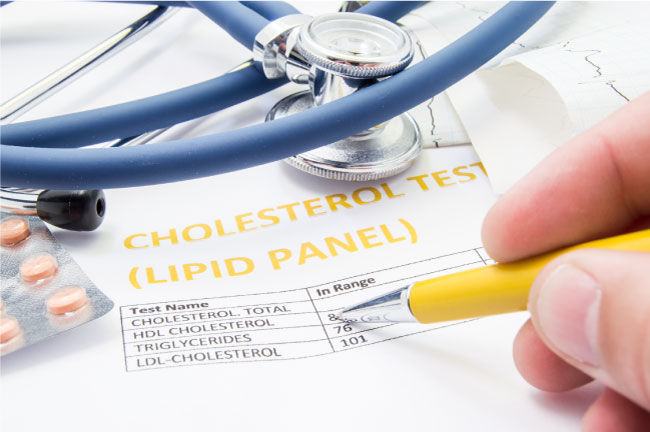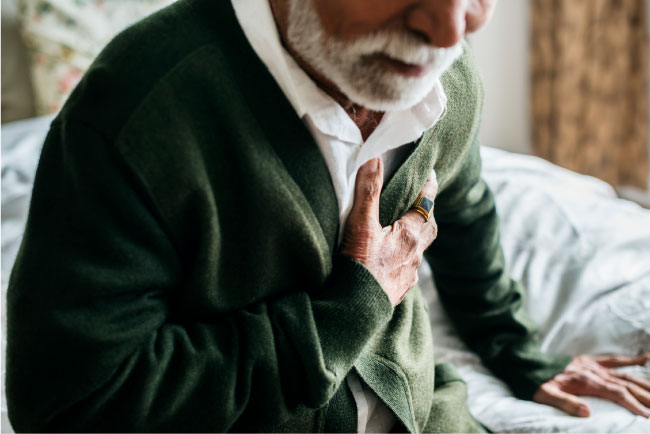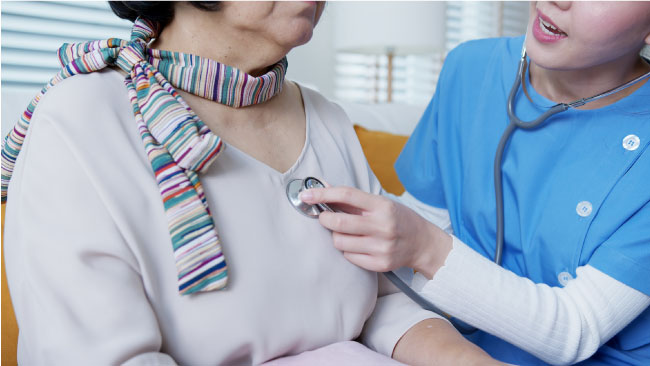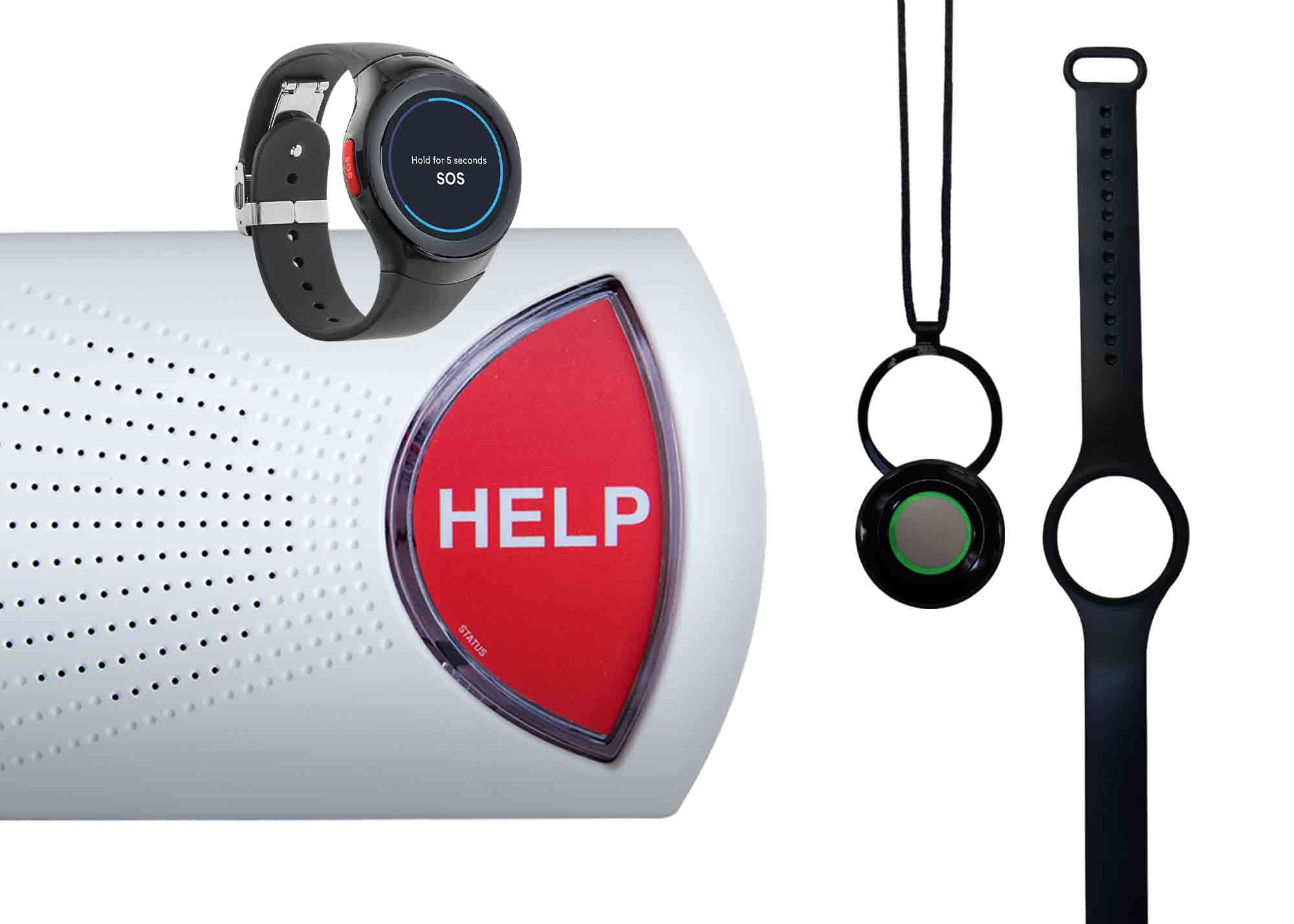How To Recognize The Signs Of A Heart Attack
August 10, 2021
Every 40 seconds, someone in the United States has a heart attack, and over 800,000 Americans die from heart attacks every year. Although chest pain is the most common symptom, about 20% of heart attacks are silent. The person has no pain or other symptoms, and doesn’t realize their heart is damaged. In addition, heart attack symptoms in women are often more subtle and easy to mischaracterize.
Learn how to recognize the symptoms of heart attacks in both men and women. It can save your life or someone else’s.
Heart Attack Risk Factors
Heart disease is the leading cause of death in both men and women across most racial and ethnic groups. Some risk factors (age, gender, and heredity) can’t be controlled, but others can be treated in order to lower your risk of a heart attack.
- High blood pressure: Check your blood pressure regularly and talk with your doctor about treatment options if your resting blood pressure is consistently higher than 120/80.
- High cholesterol: Too much low-density lipoprotein (LDL or “bad cholesterol”) can cause plaque to build up inside your arterial walls. When it’s in your coronary arteries, it increases your risk of a heart attack. Have your cholesterol levels checked regularly and talk with your doctor about treatment options needed.
- Diabetes: Over half of diabetes patients have some type of heart disease. If you have diabetes, it’s important to work with your doctor to control blood sugar levels to improve overall health and reduce your risk of a heart attack.
- Obesity: Being overweight can increase your risk for high blood pressure, high cholesterol, and diabetes – all risk factors for heart attacks. Talk with your doctor about safe strategies for controlled weight loss.
- Smoking: Cigarette and tobacco smoking can stress your heart by increasing your heart rate and causing irregular heartbeats. It also raises blood pressure. Talk with your doctor about smoking cessation treatments and options.
- Physical inactivity: Your heart is a muscle and, like all muscles, benefits from regular exercise. Talk with your doctor before beginning an exercise program, especially if you have any chronic medical conditions.
As we age, our heart ages right along with us, so people age 65 and older are more likely than younger people to suffer a heart attack.
Common Heart Attack Symptoms in Men
Heart attacks are the leading cause of death in men in the United States. Common symptoms for men include:
- Chest pain: It may start as mild discomfort that gets worse. In some cases, the patient experiences a sudden onset of intense pain.
- Chest discomfort: This may feel like pressure on the chest or a bad case of heartburn. It may come and go over a period of time.
- Body aches and pains: Pain in the arms, shoulders, or other areas can happen because the heart attack is affecting blood flow.
- Shortness of breath: In some men, this is the only symptom of a heart attack. It happens when the lungs start filling with fluid, and the person may cough uncontrollably.
Common Heart Attack Symptoms in Women
Heart disease is the leading cause of deaths among women in the United States, but a study conducted by the Yale School of Public Health found that doctors missed heart attack signs in women over 50% of the time.
“Almost 62 percent of women presented with more than three non-chest pain symptoms, compared to 54.8 percent of men. Women were more likely than men to report symptoms such as stomach pain, shortness of breath, palpitations in their chest, nausea, and dizziness.
Additionally, 53 percent of women said “their healthcare provider did not think the symptoms were heart-related,” compared to only 36.7 percent of men.”
Common heart attack symptoms in women include:
- Chest pain
- Shortness of breath
- Nausea
- Dizziness
- Chest palpitations
- Back and/or jaw pain
- Extreme fatigue
What to do if you Suspect a Heart Attack
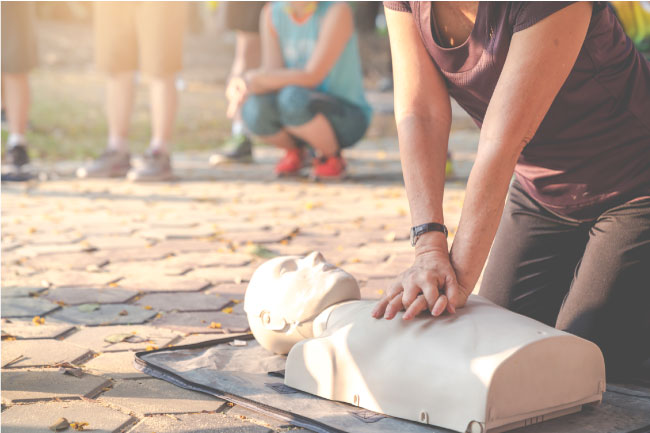
CPR training is highly encouraged if you are acting as a caregiver for anyone of any age.
Get help quickly! Every minute, every second, counts when someone is having a heart attack. A medical alert device lets you to call for help immediately, even if you’re unable to get to a phone. Bay Alarm Medical’s operators will dispatch first responders, update them on your existing medical conditions, and alert your emergency contacts. A medical alert with fall detection will call for help if you’re unconscious or unable to press the alert button.
Always call for help first, then:
- Chew and swallow an aspirin. Because aspirin is a blood thinner, it can help reduce heart damage.
- Use an automated external defibrillator (AED) if the person is unconscious. Many public and private buildings have AEDs available in case of emergency. There are AED models designed for home use: talk with your doctor if you’re considering purchasing one. Some types of cardiac arrest don’t respond to an AED.
- Administer CPR. Even if you’ve used an AED, CPR is still needed until emergency personnel arrive. The American Red Cross offers CPR and AED training classes
Heart attacks are serious and can be fatal. The more you know about the causes, symptoms, and treatment, the better prepared you’ll be to recognize one in yourself or others.
